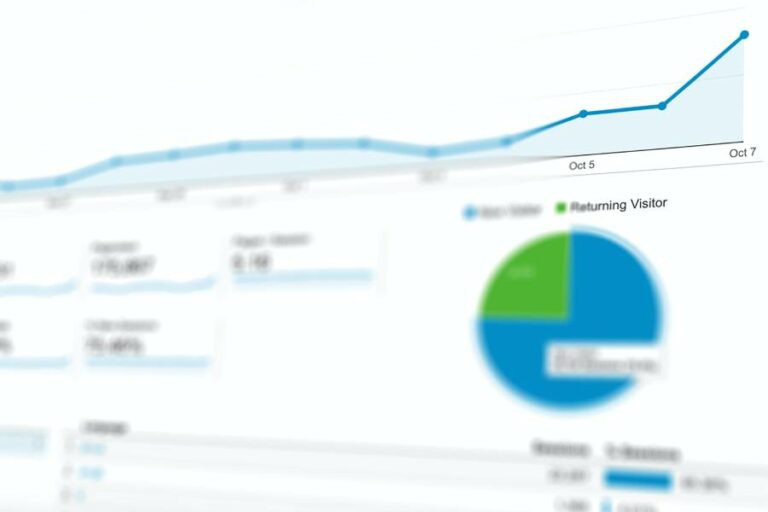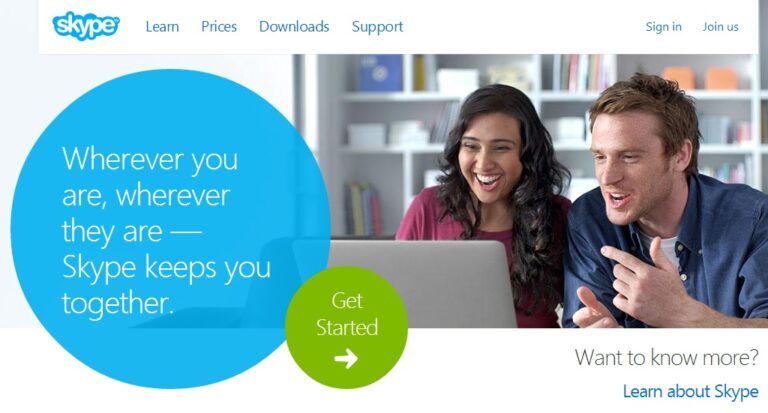Dynamic Websites – Features, Benefits, and Why You Need One

Updated: May 23, 2025
Static websites have their place, but they’re no longer enough for businesses that want to engage users, deliver personalized experiences, and scale efficiently. If you’re aiming to provide a seamless, tailored user experience across different devices, browsers, and user preferences, a dynamic website is essential.
Whether you’re running a blog, e-commerce site, or online service, dynamic websites empower businesses to serve relevant, interactive, and real-time content that adapts to user behavior. In this article, we’ll break down what makes a website dynamic, highlight dynamic website examples, walk you through its advantages and limitations, and help you determine if this solution is right for your business.
What Is a Dynamic Website?
A dynamic website is a site that displays content based on user interaction, preferences, location, or time of visit. Rather than showing the same static page to every user, it adjusts its content dynamically, often using database queries and scripting languages like PHP, JavaScript, or Python.
In simple terms, dynamic websites are content-driven platforms that “talk” to a server or a database and “listen” to what the user wants. This allows them to serve personalized experiences in real time.
A common example of a dynamic website is an e-commerce store that shows different product recommendations for different users based on their browsing history. Another would be a multilingual corporate website that automatically adjusts language based on a user’s location.
Static vs. Dynamic Websites: What’s the Difference?
If you want a site that evolves with your audience, a dynamic content website is your answer.
Key Features of Dynamic Websites
Dynamic websites are built to handle more than just static text and images. Here are some core features that define a dynamic website:
1. Personalized User Experience
Visitors get content tailored to them—based on behavior, location, preferences, or past interactions.
2. Content Management Integration
Using a CMS (like WordPress or Drupal), you can update content without touching code. Perfect for blogs, news portals, and e-commerce stores.
3. Mobile Responsiveness
Dynamic websites adjust automatically for different screen sizes and devices, providing a smooth mobile and desktop experience.
4. Real-Time Updates
Whether it’s a product inventory change, a blog update, or user comments, changes can be made and reflected immediately.
5. Secure Transactions
Dynamic sites allow for secure login features, payment gateways, and personalized dashboards—vital for e-commerce and membership platforms.
What Can a Dynamic Website Do?
Here are practical ways a dynamic content website works for you and your users:
With this flexibility, dynamic websites can grow with your business and adapt to changing audience needs.
Real-World Dynamic Website Examples
If you’re wondering what this looks like in action, let’s explore some well-known dynamic website examples:
1. YouTube
Every YouTube homepage is different. It shows video suggestions based on your watch history, likes, subscriptions, and search queries. It’s the perfect example of a dynamic website in media and entertainment.
2. Google Search
Google’s results page changes in real-time based on trending topics, user location, and search history. No two users see the same results—even for identical queries.
3. Facebook, Instagram, and X
Social media platforms thrive on dynamic content. Your newsfeed, friend suggestions, ads, and notifications are tailored based on your interactions, location, and interests.
4. Amazon, Shopee, Lazada
These e-commerce giants rely on dynamic features like flash sales, suggested items, user reviews, and location-based pricing to increase engagement and conversions.
5. WordPress-Powered Websites
From blogs to full-scale business websites, WordPress allows the creation of dynamic websites with advanced features like comment systems, e-commerce plugins, user logins, and more—all managed from a user-friendly CMS.
These dynamic website examples show how content, layout, and functionality shift to meet each user’s intent.
Why Your Business Needs a Dynamic Website
Still unsure if a dynamic site is worth the investment? Here’s why most businesses today are going dynamic:
1. Scalable Content Management
With a dynamic content website, you can scale easily—add or remove product listings, articles, or service pages without touching code.
2. Personalization That Drives Conversions
Dynamic product recommendations, targeted landing pages, and personalized CTAs can increase user engagement and sales.
3. Real-Time Performance
Whether you’re updating prices, stock availability, or posting announcements, dynamic websites let you act fast—without delay or manual edits.
4. SEO Advantages
Modern search engines favor fast, responsive, content-rich websites. By integrating structured content and improving engagement metrics, dynamic websites boost your rankings.
5. Better Analytics and Tracking
Dynamic websites allow advanced tracking (e.g., behavior flows, custom events) to improve marketing, UX, and business decisions.
Pros and Cons of Dynamic Websites
Pros:
Cons:
If your business model involves frequent updates, product changes, or user interaction, a dynamic website is the right move despite the added complexity.
Dynamic Websites for E-Commerce, Education, and More
Let’s look at dynamic website examples in different industries:
e-Commerce
Education
Media & news
Hospitality
Each example of a dynamic website shows how the experience adapts to serve specific audiences and use cases.
How to Build a Dynamic Website
You don’t need to be a developer to launch a powerful, dynamic website. Here’s a simplified roadmap:
1. Choose the Right CMS or Platform
WordPress, Drupal, Joomla, and Magento offer built-in features for dynamic content management.
2. Define your Content Structure
Plan your database structure: products, services, categories, users, etc.
3. Decide on Functionality
Do you need a login system, multilingual support, or e-commerce features? Outline everything before development.
4. Use the Right Scripting Languages
5. Optimize for Speed and SEO
Compress images, enable caching, and use structured data. Test your site using tools like PageSpeed Insights and Lighthouse.
Is a Dynamic Website Right for You?
If you need a modern, scalable, and conversion-focused digital presence, a dynamic website is the smart choice.
From personalized content to better SEO and a richer user experience, the benefits outweigh the upfront cost. Whether you’re running an e-commerce store, publishing regular blogs, or simply looking to give your users more value—dynamic websites deliver functionality and flexibility that static pages simply can’t match.
As the web evolves, your website should too.









